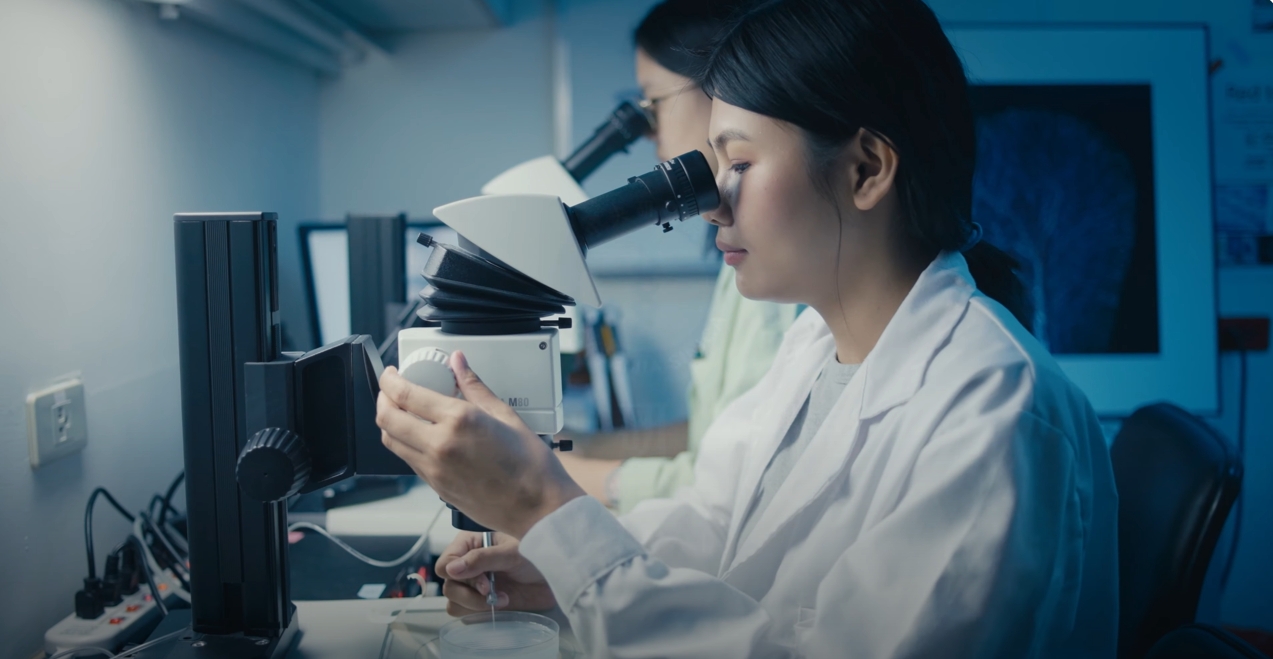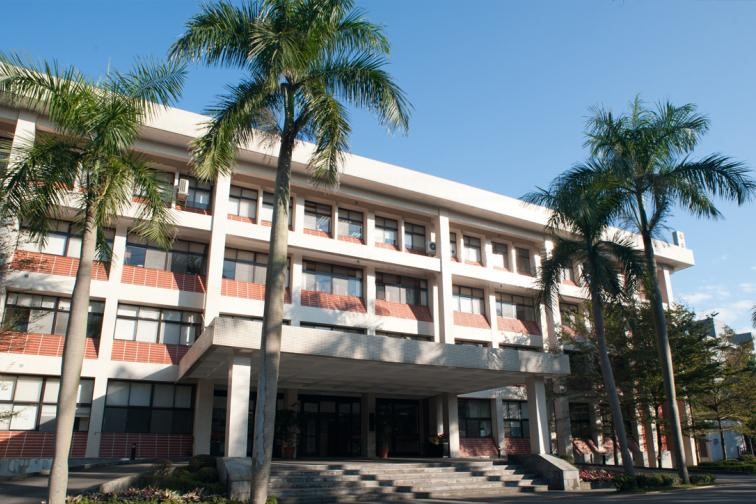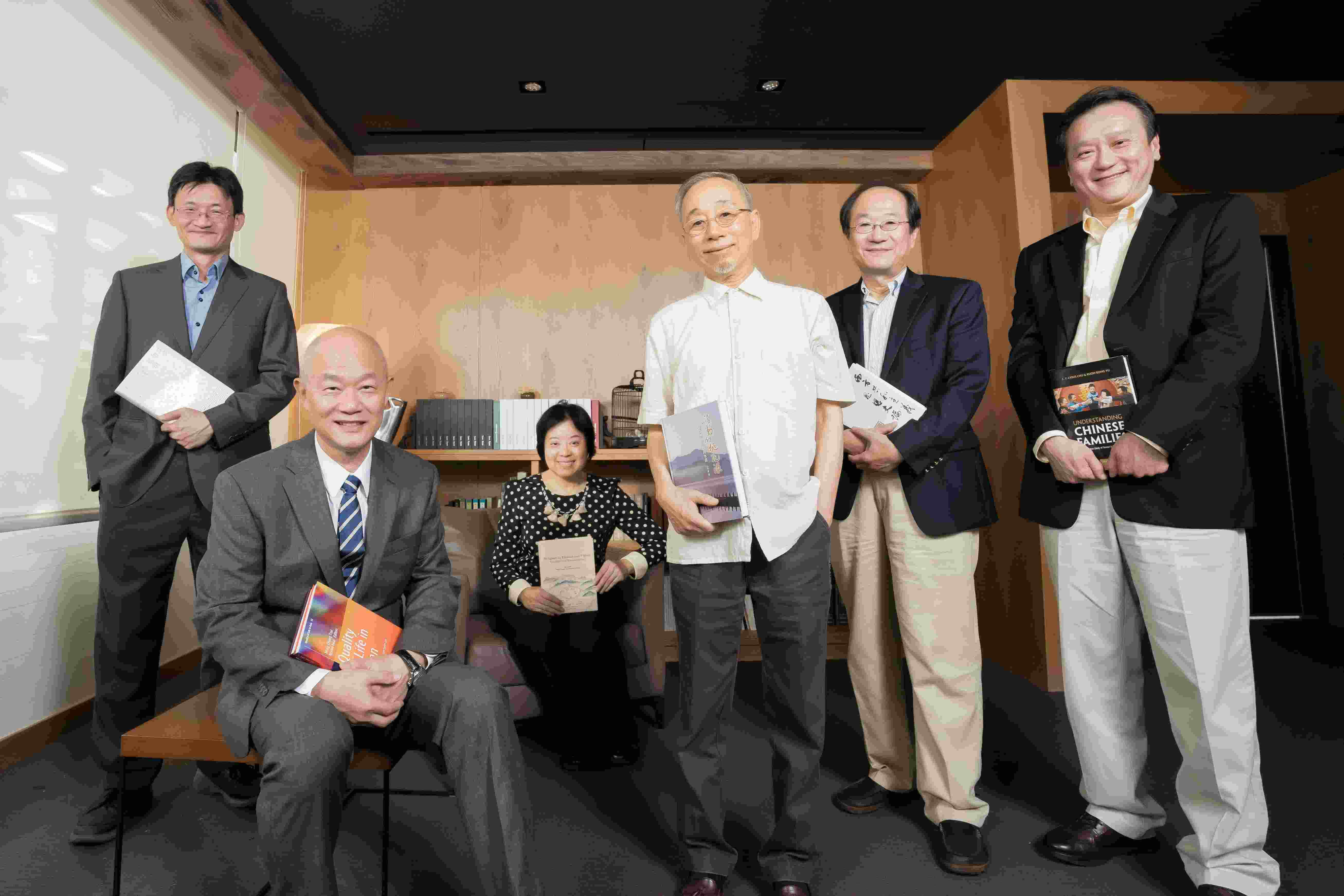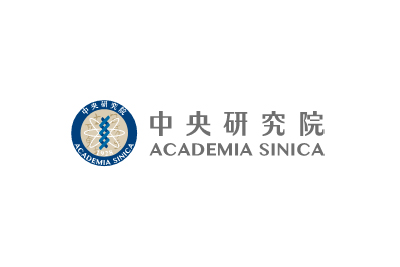- 演講或講座
- 物理研究所
- 地點
物理所3樓視訊會議室(圖書館)
- 演講人姓名
杜鶴芸助理教授 (明志科技大學化學工程系)
- 活動狀態
確定
- 活動網址
https://www.phys.sinica.edu.tw/lecture_detail.php?id=2835&eng=T
【摘要】
Excessive use of fossil energy by human activities leads to global warming and climate change. To overcome this, it is necessary to develop a new concept of renewable energy technologies using earth-abundant and low-cost resources. In this work, we will focus on two-dimensional (2D) materials, which are single atoms or molecules thick and have an ideal planar structure, such as graphene and transition metal dichalcogenides (TMDCs). TMDCs are considered ideal photocatalyst materials due to their suitable band structure. For example, graphene and molybdenum disulfide is widely used in hydrogen reduction reactions (HER) and water splitting. To meet the energy needs while maintaining a sustainable environment, we developed the world-leading active site mapping techniques (AFM-SECM and SECCM). Those techniques investigate the electrochemical and photo-electrochemical current feedback on single crystal 2D van der Waals samples. We aim to investigate various in-situ or ex-situ scanning probe microscopy (SPM) techniques on these 2D heterostructures to further establish the mechanism of photocatalytic carbon dioxide/hydrogen reduction reaction catalysis and electronic structures.









 首頁
首頁

